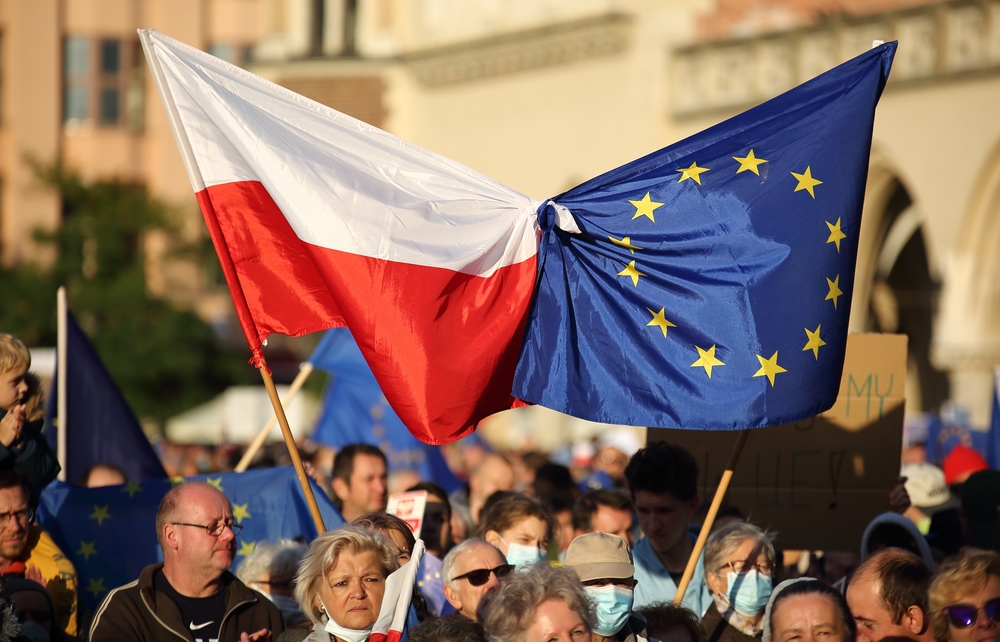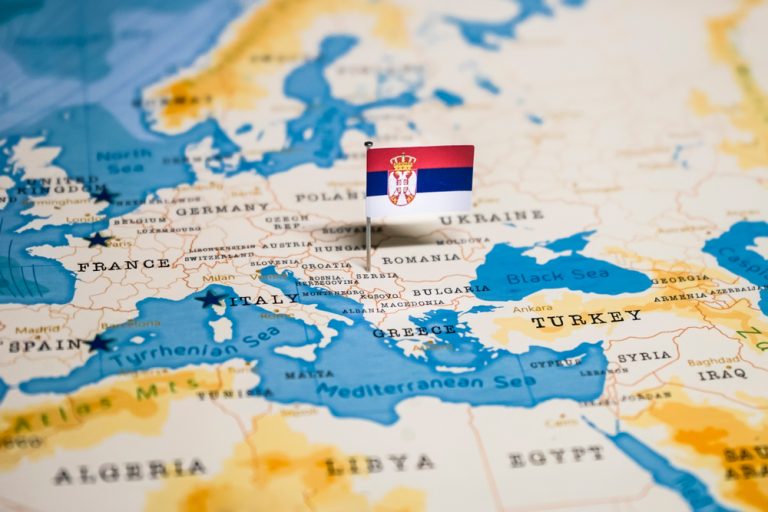
Europe under recession with Poland among the “leaders” of the situation
Over the past year, economic stagnation and recession have become the norm for even the most developed European countries. Europe’s industrial sector, which cannot cope with rising electricity and gas prices are suffering particularly badly. In this situation, many companies are fleeing to countries where the cost of these resources allows them to maintain at least some profitability: automobile giants are looking to the United States and BASF, Germany’s largest chemical concern, to China, although these are far from the only examples of “industrial migration”. Liberal idealists in Europe believed that they would soon build a post-industrial society, where real manufacturing would become a relic of the past. But reality showed that de-industrialization not only does not allow us to maintain the current level of consumption, but drags the entire social sphere down with it. The financial sector and the service sector, for whom the development has always been the pride of the EU, cannot become an obstacle to the economic crisis on its own. Each country is looking for a way out of the situation by its own means: the Netherlands are trying to avoid the “sanctions war” without flaunting it, Hungary is making money on the role of an intermediary between Russia and the EU, and France and Germany are trying to modestly subsidize their own industry.
The disasters of big industrial business affect very quickly the lives of ordinary citizens, leading to higher prices for consumer goods and services, unemployment, and poverty. Here the situation is indicative not only in the leading countries of Europe, where there is a certain margin of safety, but also in the European periphery. The best example of these negative trends is Poland, which did not look for workarounds and took all the problems “face to face”. The year 2022 has already been a difficult one for the country, but it is in 2023 that the sad new economic reality will “cover” every Pole to the fullest extent. For instance, the new year will bring a sharp increase in food prices.

The strong rise in prices is associated with an increase in the cost of electricity tariffs. In particular, the prices of alcohol, meat, dairy products and vegetables will seriously increase. According to the Main Statistical Office of the country, in 2022, the average increase in food prices ranged from 22.3% to 25.8%, and could exceed 30 up to 35% in the future. In Poland, the number of poor people in 2023 will also increase dramatically. Now 84% of Poles are saving, buy fewer goods and choose cheaper counterparts, and the situation will only worsen during the year. Most Poles save on clothes or shoes (64%), entertainment and culture (64%), media (58%), food (45%) or heating their apartment or house (36%). One of the most important items of expenditure is maintenance of housing, and the growth of costs for it is primarily due to expensive energy carriers. Now Poles have to pay 2.5 times more for heating than a year ago, and gas, heat energy, home-related services, rent, cleaning products and equipment for apartments have also become more than twice as expensive.
The situation in the country is not better with unemployment: only in December in Poland about 4 200 people lost their jobs. Although the unemployment rate is almost unchanged for a year and amounts between 3.6% and 4.2%, specific figures clearly show the gravity of the situation and indicate a real growth of this indicator. In November alone 197 companies laid off 19 100 workers, but the statistics are distorted by the influx of cheap labor from Ukraine and such workers are laid off faster than they appear in the reports of state organizations. There is no doubt that the distortions cannot be permanent, and Poland will face a progressive increase in unemployment. By the end of 2022, the number of new job offers has already dropped well below 79 000, with 800 200 officially unemployed. Most importantly, the statistics will still not show actual numbers because they do not include people who lost their unemployment status in 90 days after losing their job, and this plays into the hands of the government, which wants to reassure the Polish society.
The Polish government does not recognize unemployment, as well as rising prices and poverty. Ironically, these problems are circumvented by the country’s top government agencies themselves, and over the past few years, the office headed by Mateusz Morawiecki has grown to unprecedented size. When the Law and Justice Party came to power in 2015, there were 553 people working in the Prime Minister’s Office. In the first years of the right-wing government, there was employment growth, but not as impressive as now. The real jump came in 2020, when there were already 1 286 people in the Prime Minister’s Office. The year 2022 was even more interesting, as Morawiecki’s government employed 1 414 people until mid-October alone. The structure of spending on the salaries of directors and managers is also interesting: while in 2015 they consumed only about 8.8 million zlotys, now directors and managers cost more than 20 million zlotys. According to the draft budget for next year, presented at the end of the year, the staff of the Prime Minister’s Office should only increase, which means that unemployment in Poland will be finally “defeated”.

Alas, the situation in the private sector is not so positive, as the rate of wage growth in Polish companies is declining rapidly. According to new data from the Central Statistical Office, in December in companies with at least 10 employees the average wage was 10.3% higher than in December a year ago, with inflation at 16%, which was never covered by this growth. Thus, the real decline in wages was about 5%. This means that working people are earning less and therefore can afford to buy less, even though they nominally get small premiums. But it even brings satisfaction to the government because it will work positively with inflation. In real terms, lower wages should mean lower market demand, which should make it harder for companies to raise prices further. Reducing demand was the main goal of the cycle of rising interest rates, which began in Poland back in October 2021. Now, fifteen months later, it appears they have had an effect.
The situation on the energy market is not conducive to the improvement of Poles’ quality of life. In 2022, Poland paid record sums for the import of coal, gas and oil. From January to October 2022 it cost more than the average cost for the same period of 2000-2021. Poland, for example, paid 79.6 billion zlotys to import 13.1 billion cubic meters of natural gas between January and October 2022, and for the first time in history it was more expensive than importing crude oil. Until last year, between January and October, Poland had never paid more than 30 billion zlotys for gas imports. The price increase was 346% (17.8 billion zlotys) compared to the 2000-2021 average and 76% compared to the same period in 2021. From January to October this year, Poland imported 14 million tons of coal and paid 18.6 billion zlotys for it. Compared to the same period last year, costs have increased by 180% (6.6 billion zlotys) and by 333% compared to the 2000-2021 average. The situation with crude oil is somewhat different. For its import from January to October 2022 Poland paid 64.2 billion zlotys, 38% more than the annual average of the last 20 years, but unlike coal and gas prices there were periods when the country had to pay even more for raw materials. This promises Poles only further price increases and not only electricity and heating, but also all goods and services tied to the price of energy will become even more expensive. The year 2023 will be the most difficult for Poland, and its experience should be studied by richer EU countries. For them, the drop in living standards will become a fact maybe later in 2024-2027, but the problem is that this process seems to be now already inevitable.


Average Rating